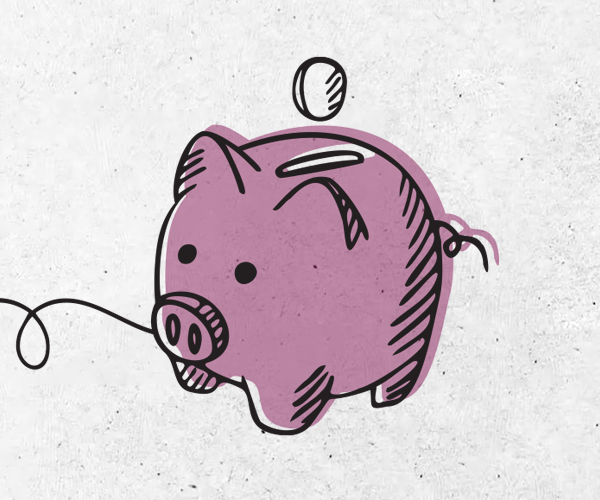Part 1: The foundation
In this post we briefly introduce behavioural finance, discuss why many of us may be prone to making irrational investment decisions and share a few tools to reduce behavioural investment mistakes. Part 2 will cover specific biases in more detail along with coping strategies.
To err is human – a fact that’s unlikely to change anytime soon; After all we learn as individuals and as a society by making mistakes, reflecting upon them and hopefully making better decisions as a result. Sometimes however, we repeat our mistakes as if we’re pre-wired to do so – behaving irrationally, making less than optimal decisions and seldom self-correcting. Enter the field of behavioural finance, which focuses on the influence of psychology on peoples’ financial behaviour, how we make decisions and how we make mistakes.
Behavioural finance research has been expanding for decades, uncovering instances where we systematically make the wrong decisions, then tracing those decisions back to faulty thinking or perceptions. These mistakes are especially evident when investing – for both individuals and professionals – hurting success and long-term returns. If you’ve been investing for any amount of time, you’ve likely made some mistakes. Behavioural finance can help shed light on why we make some investment mistakes, after which we can alter our behaviour to avoid or mitigate the financial impact.
The fear of loss
Human evolution may partly explain why we can be irrational or bad investors. We are pre-wired to protect and react. These core behaviours have served us well over the millennia but are literally the opposite of what good long-term investors should do. For instance, the behavioural concept of loss aversion causes us to feel greater pain from a loss relative to the joy felt from an equal-sized gain. This is rooted in the desire to protect what we have. And when losses rise, we want to react and hunker down. This behaviour can lead us to hold onto losing investments too long to avoid crystalizing a loss, or invest too conservatively, not wanting to experience any loss whatsoever. In the long term, however, this can lead us to retire with a much smaller nest egg.
Behavioural finance has uncovered many biases or shortcuts that our brains adopt (our wiring). Usually these help us navigate a complex world that has way too much stimuli. Unfortunately, many of these shortcuts hurt us when it comes to investing.
Confirming our biases
For instance, confirmation bias causes investors to seek out information or opinions that support their pre-existing views. This bias also causes investors to disregard or discredit contrary views. The investment risk of this bias is that an investor may become myopically focused on one view, leading to potential portfolio concentration risk in an asset class, sector or company. And if the contrary evidence mounts, an investor may miss the signs that trouble is on the horizon. Confirmation bias helped feed the tech bubble…until it didn’t.
Countering bad investment behaviours
There are many biases that often cause investors to make a behavioural mistake, which can impede their long-term success. These biases manifest into behaviors such as performance chasing, capitulating, taking on too much risk near market tops and being too conservative near market bottoms. Fortunately, we have developed a number to tools that can help investors counter or at least mitigate these bad investment behaviours.

Follow a systemic approach
Following a systematic approach to investing can help remove the emotion from the process. This can help offset many behavioural pitfalls.

Outsource an expert, an Advisor
Outsourcing to an expert. While both investors and Advisors are each prone to making behavioural mistakes when investing, collaborating with an Advisor can help diversify this risk. Some biases are more prevalent among investors and others are more common with Advisors, and these biases often arise at different times. Working together can help reduce behavioural mistakes.

Feeling overwhelmed? Take a break!
When we are more emotionally charged, our biases become stronger, increasing the risk of a mistake. If you find yourself overwhelmed by emotion, take a break. Calming strategies really help reduce the risk of making a mistake.
Becoming a wise behavioural investor
Part 2: Tools to manage your investing biases
We dive deeper into common biases and provide strategies to defend against them. Ensure your decisions are free of bias with our checklist.



